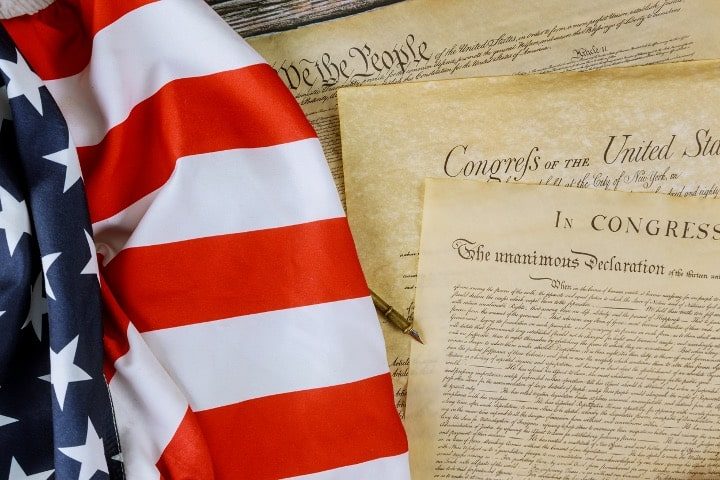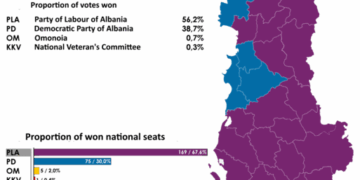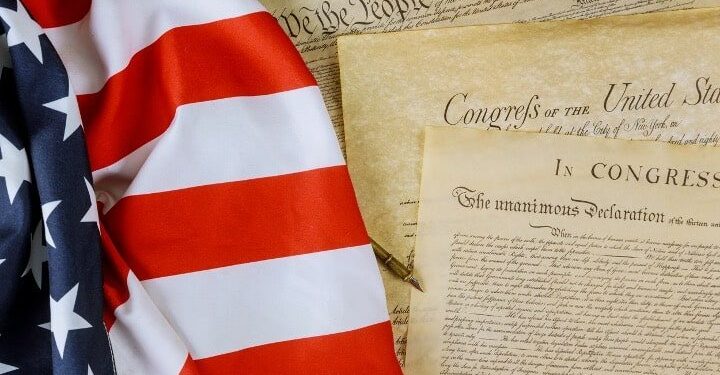
Would you side with Chevron deference, or constitutional diligence? The establishment, including the mainstream media and Democratic Party, has made up its mind. To them, the “Chevron doctrine’s” demise, which takes the matter of settling ambiguous law’s meaning out of bureaucrats’ hands and places it back in judges’ laps, represents a crisis. Forget people having their day in court. Forget constitutional governance — or even the “democracy” the Left normally touts. They want technocracy.
A good example is an article at ProPublica, which, ironically, calls itself “a nonprofit newsroom that investigates abuses of power.” “A Supreme Court Justice Warned That a Ruling [on the Chevron doctrine] Would Cause ‘Large-Scale Disruption,’” a recent title reads. “The Effects Are Already Being Felt.”
Well, one would hope.
The Loper Bright Fight
ProPublica’s Eli Sanders complains that the Chevron decision, “in the seemingly humdrum realm of administrative law,” could have broad consequences. It could affect “vast areas of American life by slashing the power of federal regulatory agencies that police pollution, food safety, health care and countless other aspects of modern society,” he writes. Sanders later elaborated:
Lower court judges have already cited the Supreme Court’s 6-3 decision, in a case known as Loper Bright, to halt implementation of Biden administration rules on overtime pay and health care discrimination.
… Justice Neil Gorsuch, who was part of the conservative majority in Loper Bright, described it as placing “a tombstone” on a doctrine that had existed for 40 years. That doctrine, known as Chevron deference, was named after the 1984 Supreme Court case in which it emerged, and it offered an answer to a recurring question: What happens when Congress passes a law granting power to a federal agency but fails to precisely define the boundaries of that power?
In such situations, the doctrine of Chevron deference instructed federal judges to rely on the interpretations made by federal agencies, as long as those interpretations were reasonable, since agencies typically have greater expertise in their subject areas than judges. The Loper Bright decision erased that, commanding federal judges to “exercise their independent judgment in deciding whether an agency has acted within its statutory authority.”
Put differently, the decision restored the status quo that had existed for 200 years of American history. This is the real precedent, the one preceding the 40-year “precedent” Loper’s critics seem to fancy so significant.
Opposition to Loper Bright Not so Bright
Sanders then cites dissenting justice Elena Kagan as noting “that federal courts had cited Chevron deference 18,000 times.” This, she insisted, makes it “part of the warp and woof of modern government.” Question:
Has Kagan investigated how many times antebellum slavery proponents cited slavery as part of the “warp and woof” of the Southern economy?
Her argument is essentially a variation on a fallacy: argumentum ad populum (roughly, “appeal to popularity”). Did judges cite Chevron 18,000 times because it’s correct — or because it’s convenient? And if something is a mistake, how much repetition is required to transform it from erroneousness to correctness?
Kagan also warned of “large-scale disruption,” relates Sanders. Is this bad? Her fellow traveler Representative Nancy Pelosi (D-Calif.) may not think so. After all, she told Berkeley graduates in 2014 to “be disruptors” — “when necessary.”
It’s Necessary
Two notable arguments against Loper have been mounted. A common one is that “the courts will be overwhelmed” adjudicating cases that the bureaucracy (deep state) had previously settled. But this isn’t an argument of principle.
It’s an argument of convenience.
And convenience never justifies violating the supreme law of the land and guarantor of our rights, the Constitution.
Moreover, courts having too great a caseload is not an irremediable problem. Congress, after all, has the constitutional authority to create as many district and circuit courts as are necessary. Note, too that the judiciary hasn’t undergone a major expansion since 1990 — when our population was approximately 248 million. It’s now about 333 million.
The second argument, made by Sanders, is that unlike judges, bureaucrats generally have “expertise” in the relevant areas. This sounds good in principle. The reality is a bit different, though.
How Expert Are the “Experts”?
Question: How many SCOTUS rulings are 5-4? Many. In other words, despite all the justices supposedly being juridical “experts,” they’re often divided as close to 50-50 as possible. In fact, on every or virtually every controversial matter, there will be experts on “both sides.” (Unless, that is, there are more than two sides.) Will the real experts please stand up?
Moreover, there’s a reason why, when addressing Dr. Anthony Fauci’s schizoid Covid prescriptions, renowned epidemiologist Knut Wittkowski said, “Well, I’m not paid by the government, so I’m entitled to actually do science.” There’s a reason why ex-CDC director Robert Redfield said that federal agencies “are too cozy with special interest groups.”
Government “expertise” is generally polluted with politics.
This is why, as Redfield also essentially stated, the feds’ Covid response was egregiously wrong — courtesy of the Experts™.
As for ProPublica’s Sanders, he’s right about one thing. Congress could write more precise laws so that major interpretation is unnecessary — but this is unlikely to happen. Again, though, this argument of convenience can’t justify constitutional trespass. Kicking the can down the road, Congress outsourced its responsibility to judges; the judges then outsourced that responsibility to bureaucrats. Loper Bright rightly dials this back so Americans can, again, have their day in court.
Or are we really supposed to have a fourth branch of government, with the list now being executive, legislative, judicial, and technocratic?
It’s not a government of, by, and for the people when nameless, faceless bureaucrats can play puppeteer in the shadows.

































